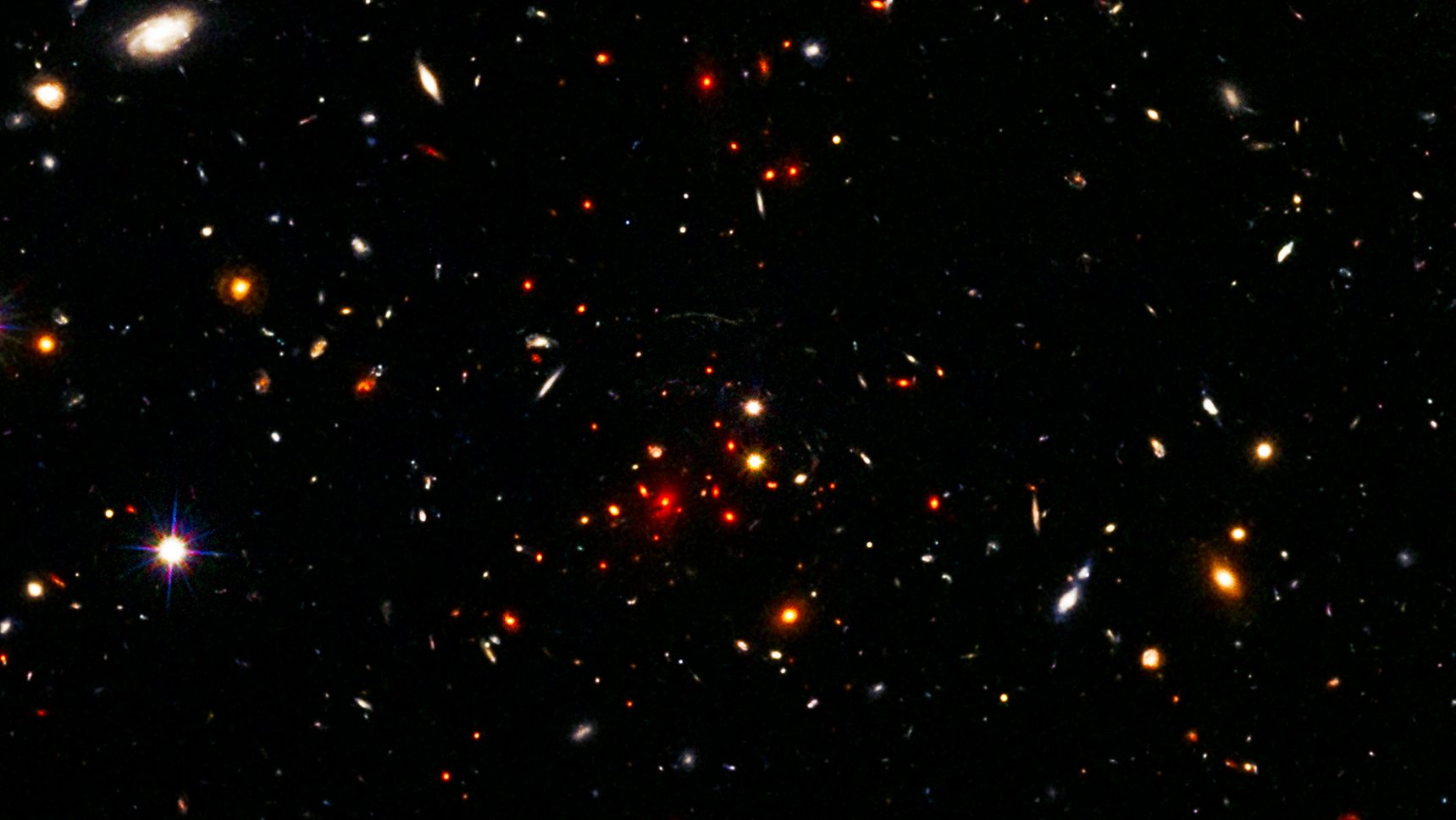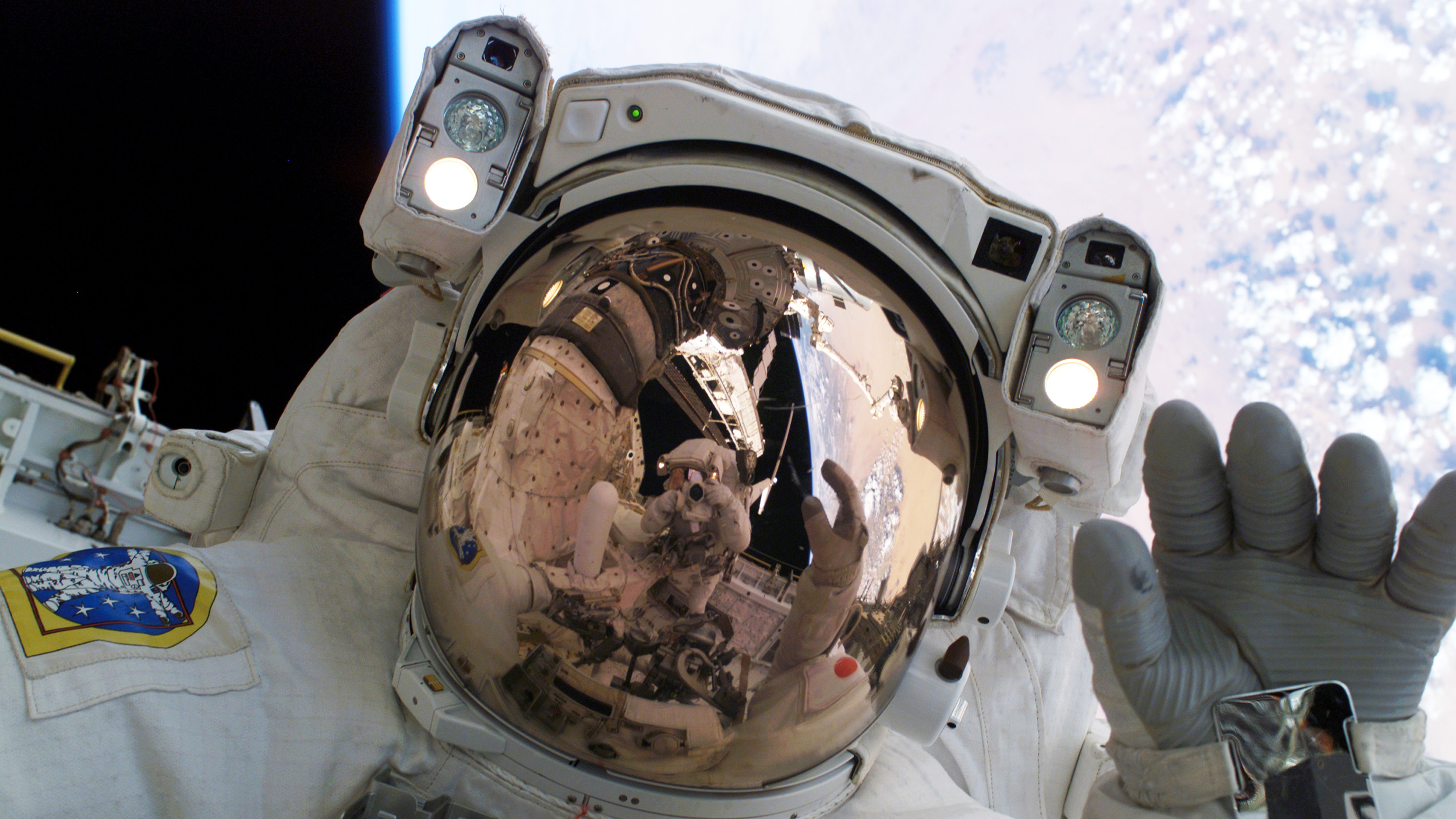Physicist Michio Kaku discusses the main difficulties humans face in colonizing Mars and how to overcome them. He pinpoints the “bottleneck” in our space exploration and how we can turn Mars into a habitable planet by terraforming it.
Michio Kaku: Well, the question is, if we’re entering a new “golden age” of space exploration what is the main bottleneck that we face?
The main bottleneck has to do with life support and the human. See, we’ve already sent robots to Mars. We’ve already sent objects the size of a bus to the planet Mars, but now we’re talking about humans, which require a whole support network, and so we have to realize that things that we don’t even consider at all with the robots become central and a bottleneck for humans.
Humans will have to live in an environment where there’s radiation; where there’s loneliness; where the journey can take two years; where temperatures are below freezing; where the atmospheric pressure is only one percent the atmospheric pressure on the planet Earth, and eventually we want to create a base there. We’re not going to go there just to plant the flag and come back and crow about it, no! We want a self-sustaining planet, a base on Mars that can support people. This means it has to be done in several steps.
The first step would be to create a base on Mars with power. Solar power could provide the energy, and lava tubes, underground lava tubes might be able to provide caves by which astronauts could live and create the first outposts underground. That’s the way it was done in the movie 2001 [A Space Odyssey].
The moon base on the moon in that movie was underground, providing a natural barrier to radiation. And then once you have the base set up you have to begin the process of creating a self-sustaining agriculture there. I mean what are you going to eat on Mars? You can’t order a hamburger, because everything has to be shipped from the planet Earth. You want to create an agriculture and this means genetic engineering. This means creating genetically-modified algae and plants that can consume the rich carbon dioxide atmosphere, live in a very cold environment, and thrive. We’re going to have to genetically modify our plants so that we can create an agriculture so that it is self-sustaining on Mars.
Then we have to create mining operations. We have to mine the ice. Ice can provide oxygen for breathing, water for drinking, and hydrogen for rocket fuel. And so we have to begin a mining operation so that we have the materials to build cities, materials to build bases, oxygen to breathe, water to drink, and hydrogen for rocket fuel.
Then the last step in the process—and this will take maybe another hundred years—is to send satellites orbiting around Mars to begin the process of melting the polar ice caps. This is called space solar power. We have the blueprints already; the problem is cost.
But the costs are dropping for sending payloads into outer space—dramatically—and so people are once again dusting off these old plans to create satellites around Mars that can beam energy and begin the process of melting the ice caps.
Now, once you raise the temperature of Mars by about six degrees, once the temperature of Mars rises six degrees it becomes autocatalytic, it takes off, it becomes self-feeding, because the more heat you have on Mars the more carbon dioxide you loft into the atmosphere, which creates more greenhouse effect, which allows you to melt even more ice to raise the temperature even more, so you have a positive feedback loop.
The question is: can we reach six degrees? That’s the key point. If we can raise the surface temperature of Mars by six degrees we can create this artificial spiral by which it feeds on itself and we can begin the process of terraforming Mars.
And so remember: robots don’t need terraforming, humans do. And so to make Mars suitable for humans that’s going to be the big problem.






